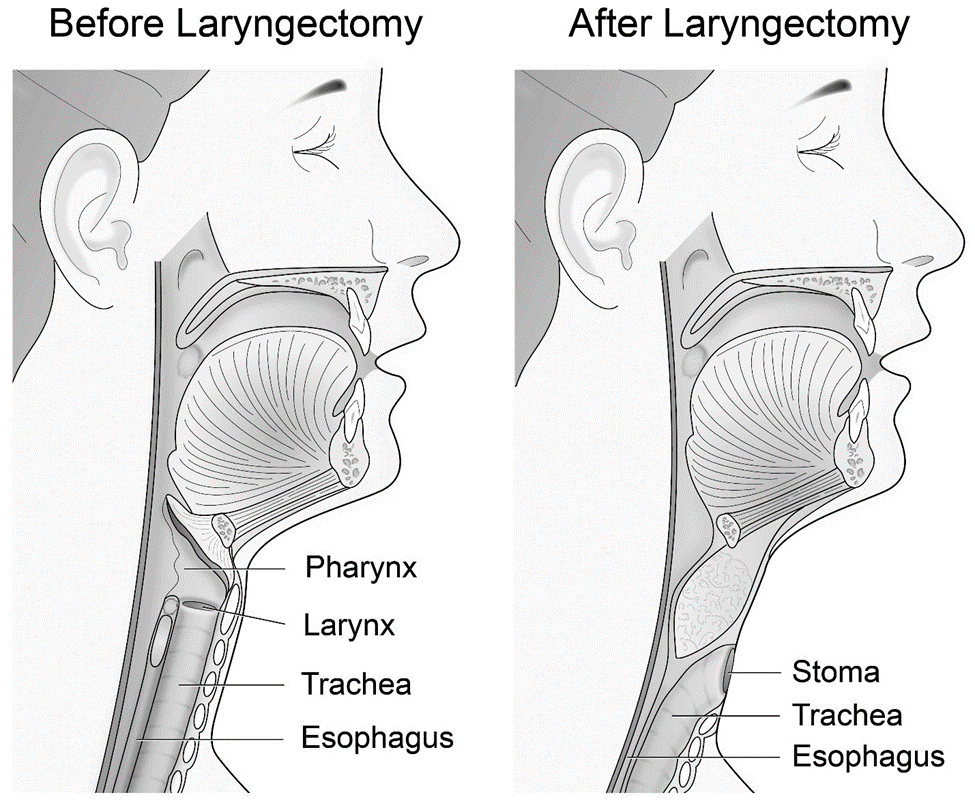A nurse is teaching a client who has septic shock about the development of disseminated intravascular coagulation (DIC). Which of the following statements should the nurse make?
"DIC is controllable with lifelong heparin usage."
"DIC is caused by abnormal coagulation involving fibrinogen."
"DIC is a genetic disorder involving a vitamin K deficiency."
"DIC is characterized by an elevated platelet count."
The Correct Answer is B
A. "DIC is controllable with lifelong heparin usage": This statement is not accurate. While heparin may be used in the treatment of DIC, it is not a lifelong therapy, and the approach to treatment depends on the underlying cause.
B. "DIC is caused by abnormal coagulation involving fibrinogen": This is the correct answer. DIC is a condition characterized by widespread activation of the clotting cascade, leading to the formation of microthrombi throughout the body. Abnormal coagulation involves the consumption of clotting factors, including fibrinogen.
C. "DIC is a genetic disorder involving a vitamin K deficiency": This statement is not accurate. DIC is not a genetic disorder, and it is not primarily related to vitamin K deficiency. It is an acquired condition often associated with severe infections, sepsis, trauma, or other critical illnesses.
D. "DIC is characterized by an elevated platelet count": This statement is not accurate. In DIC, there is often a decrease in platelet count due to consumption and activation of platelets in the widespread formation of microthrombi.
Nursing Test Bank
Naxlex Comprehensive Predictor Exams
Related Questions
Correct Answer is D
Explanation
A. Wearing loose, non-constricting stockings: This instruction is not recommended for a client with DVT. Compression stockings, which are snug-fitting, may be prescribed to prevent DVT, but loose stockings would not provide the necessary compression.
B. Applying cool compresses to her legs: Cool compresses are not typically recommended for DVT. Warm compresses may be used to improve blood circulation, but cold compresses may not be suitable.
C. Taking an NSAID tablet daily: Nonsteroidal anti-inflammatory drugs (NSAIDs) are not typically recommended for individuals with DVT, especially when on anticoagulant therapy, as they may increase the risk of bleeding.
D. Flexing her knees and feet frequently: This is the correct answer. Encouraging the client to flex her knees and feet frequently helps promote blood circulation and reduces the risk of venous stasis, which can contribute to the formation of blood clots. It is a beneficial measure for clients with DVT.
Correct Answer is C
Explanation
A. Tissue integrity: While assessing tissue integrity is important, ensuring airway patency takes precedence in the immediate postoperative period, especially following a procedure involving the larynx. Maintaining a patent airway is a critical priority.
B. Pain severity: Pain assessment is important, but it is not the primary concern immediately postoperatively in the context of a partial laryngectomy. Airway patency is of higher priority.
C. Airway patency: This is the correct answer. Following a partial laryngectomy, there may be concerns related to airway compromise due to the surgical procedure. The nurse should assess the airway first to ensure there are no obstructions or complications affecting the client's ability to breathe.
D. Wound drainage: While assessing wound drainage is important for monitoring surgical sites, it is not the first priority in the immediate postoperative period following a partial laryngectomy. Airway patency is a more critical concern.

Whether you are a student looking to ace your exams or a practicing nurse seeking to enhance your expertise , our nursing education contents will empower you with the confidence and competence to make a difference in the lives of patients and become a respected leader in the healthcare field.
Visit Naxlex, invest in your future and unlock endless possibilities with our unparalleled nursing education contents today
Report Wrong Answer on the Current Question
Do you disagree with the answer? If yes, what is your expected answer? Explain.
Kindly be descriptive with the issue you are facing.
